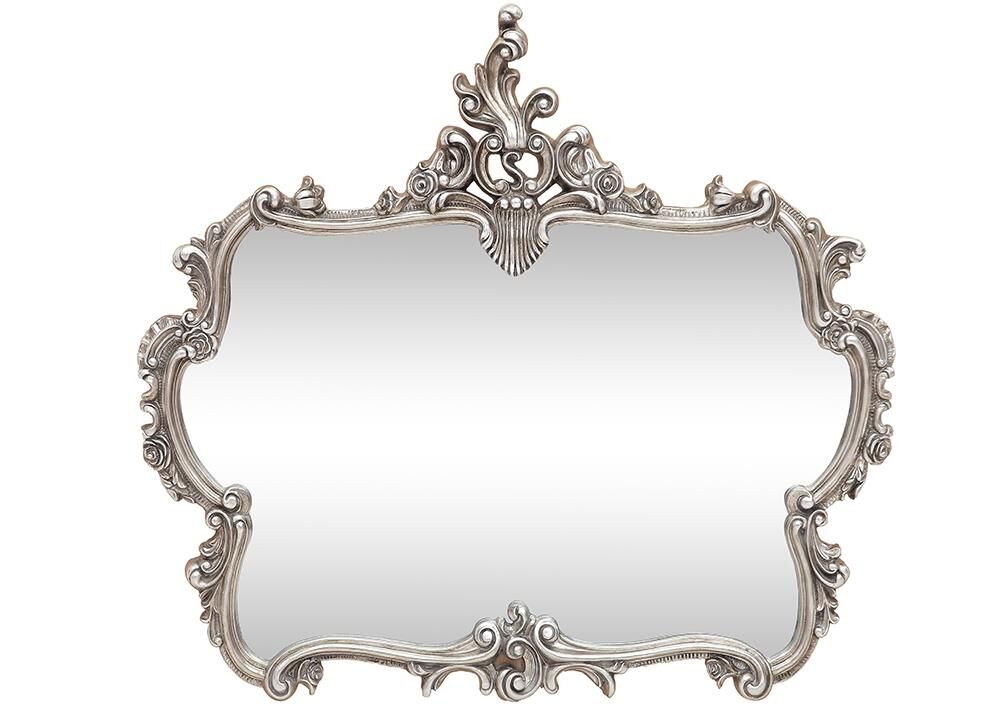
Kervan Mobilya - Ev Tekstili, Yatak Örtüsü, Nevresim Takımı, Masa Örtüsü, Çerçeve, Dekoratif Ürünler

Kervan - Metal ve camın harmanlandığı, birbirinden şık tamamlayıcı aksesuarlar ile evleriniz şıklık kazanacak✨ #krvn #krvncomtr #aksesuar #dekor #tasarim # dekorasyon #decor #homedesign | Facebook

Kervan A.Ş on Instagram: “Dinlenme vaktinin vazgeçilmezi yastıklar... Daha fazla tekstil ürünü için www.krvn.com.tr #kervan #mobilya #tekstil #aksesuar #dekoras…

Kervan - Görkemli evlere yakışacak gösterişli aksesuarlar Kervan'da! #Kervan #EviniziZenginleştirir #home #decoration #design #accessories #styling #instagood | Facebook

Özgün tasarım aksesuar alternatifleri Kervan mağazaları ve krvn.com.tr'de... #Kervan #EviniziZenginleştirir #interiordesign #luxu... | Instagram

KERVAN on X: "Güneşli bir sabaha günaydın. #KERVAN #mobilya #aksesuar #tekstil #yatakodasi #abajur #aydinlatma https://t.co/M2LU60fC3J" / X



















